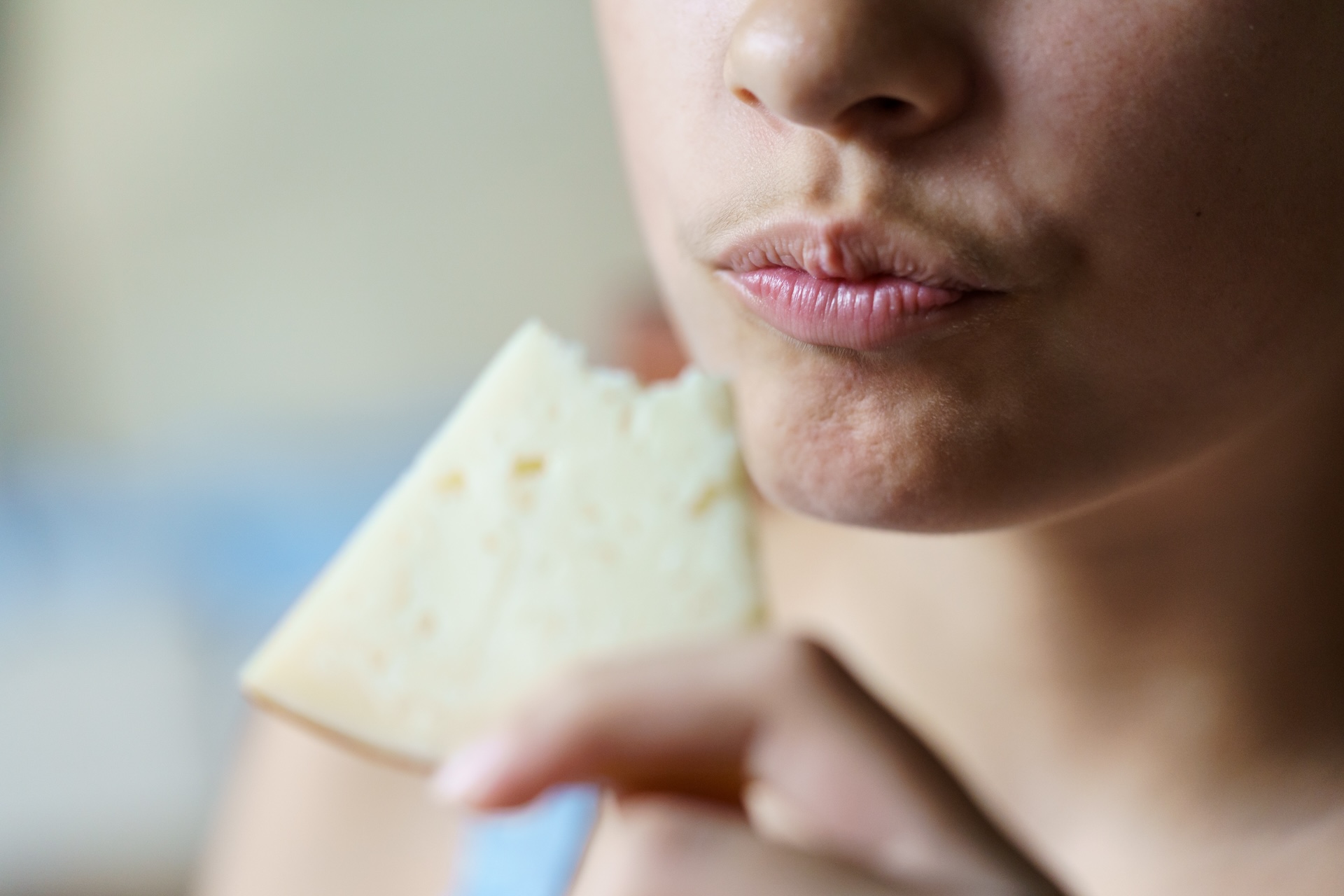
Type 2 Diabetes can be Reversed
A new vocabulary for type 2 diabetes care
To many in the public and the medical communities, the concept of reversing the progression of type 2 diabetes is new. Type 2 diabetes has long been considered a chronic disease with an inevitable progression toward worsening health, including heart disease, stroke, kidney failure, hearing and vision loss, nerve damage, and even foot or leg amputation. Words like “cure” and “remission” and “reversal” have not been a part of the diabetes vocabulary. Instead, the paradigm has been “diabetes management” where the typical approach is to combine blood-glucose lowering medications with lifestyle changes to keep blood glucose under reasonable control, and in doing so, slowing diabetes progression and reducing the likelihood and severity of life-altering complications. So let's look at the concept of reversing type 2 diabetes and its many differences from the traditional approach of managing it.
A disease of carbohydrate intolerance
To understand what it means to reverse diabetes, it’s helpful to start with where blood sugar comes from, how our bodies manage blood sugar levels under healthy conditions, and how that management is disrupted in type 2 diabetes.
Carbohydrates are found in large amounts in starchy and sweet foods, including bread, cereal, pasta, rice, potatoes, fruit, fruit juices, cookies, cake, desserts, and sugary drinks, and they are what cause blood sugar to rise. This is true even in people without type 2 diabetes. Our bodies need to keep blood glucose narrowly controlled - not too high and not too low. Either extreme can be harmful, so we produce and release the hormone insulin, which signals cells to absorb glucose and take it out of circulation. After a carbohydrate-rich meal, a healthy pancreas releases insulin and moves glucose into the cells for storage or to use as energy. Excess carbohydrates that cannot be used immediately or stored in muscle are converted into fat by the liver.
To put the role of insulin in controlling blood sugar in perspective, at any one point in time, a person with a normal blood sugar level has the equivalent of 1-2 teaspoons of glucose in the bloodstream. If someone eats just half of 2000 calories per day as carbohydrate, that’s the equivalent of 50 teaspoons of sugar passing through the bloodstream daily. But if just 2 extra teaspoons of this daily glucose flood backs up in your blood (ie, your blood sugar level is twice normal), you have poorly controlled diabetes. Clearly matching glucose and insulin requires a very delicate balancing act.
Our liver is also capable of contributing to circulating glucose by releasing stored glycogen or making new glucose by breaking down protein. This function protects organs like the brain if the blood sugar falls too low. But if not properly reigned in when there is plenty of sugar coming from other sources, that new glucose made by the liver can make diabetes control even more difficult.
For most people with type 2 diabetes, eating carbohydrates still results in a release of insulin, but body tissues don’t respond as they do under healthy conditions. In this case, the actions of insulin have been disrupted, a condition called insulin resistance. Over time, as a person develops type 2 diabetes, it takes a bigger insulin response to lower blood glucose into our body’s preferred narrow range. In an attempt to keep up, the pancreas releases more and more insulin, meaning that people with type 2 diabetes are actually producing more insulin than someone without type 2 diabetes. Note that this is starkly different than those with type 1 diabetes, a disease where the pancreas produces little to no insulin. As people progress from prediabetes to overt type 2 diabetes, the underlying insulin resistance gets worse. Eventually the body can’t keep up with producing the increased amount of insulin needed to process dietary carbohydrates, and this leads to chronically elevated blood glucose. This is why at Virta we view type 2 diabetes as a disease of carbohydrate intolerance.
Why diabetes reversal is misunderstood
To prevent or slow the development of these complications, current recommendations focus on managing type 2 diabetes through lifestyle adjustments and the use of diabetes medications. The lifestyle adjustments often include nutritional advice based on restriction of dietary fat - not carbohydrates - combined with physical activity or exercise. When blood glucose values remain out of control despite trying a low fat diet (calorie-restricted if weight loss is desired) plus exercise, physicians then turn to one or more diabetes medications. Because of the delicate balance between carbohydrate intake and blood glucose clearance, most diabetic treatment regimens specify a set amount of carbohydrate per meal to ‘balance out’ the predicted medication effects. Because it is assumed that everyone is going to eat a lot of carbohydrate, these dietary recommendations are typically high in carbs. In essence, standard diabetes care prescribes carbs and then medication to help the body get rid of all that sugar entering the bloodstream. These medications can have serious side effects, such as weight gain or hypoglycemia (low blood sugar) which can cause headache, hunger, irritability, rapid breathing and/or heart rate, sweating, dizziness, and even coma.
Given this standard approach, it is not surprising that the concept of diabetes reversal is generally foreign. For example, a large study performed by Kaiser Permanente showed that current medical treatment paradigms for type 2 diabetes lead to a remission rate of less than 0.5%, and over time, medication use, health care costs, and complications all rise. People have been led to believe that reversal is rare.
What it means to reverse diabetes
Instead of medicating, an alternative is to decrease carbohydrate intake and therefore the need for medications in people who are carbohydrate intolerant. This is at the heart of Virta’s approach, and is based upon the research of our co-founders who have published the data demonstrating that type 2 diabetes can be safely and sustainably reversed with a well-formulated ketogenic diet.
But what do we mean by reversal? Diabetes is most often diagnosed when someone has hemoglobin A1C (HbA1c—a measure of blood sugar levels) greater than or equal to 6.5%. For diabetes to be reversed, a person would need to have HbA1c below the diabetic range, indicating that blood sugar has improved without the use of medications such as insulin.
At Virta, we treat patients using a physician-supervised and highly individualized approach to carbohydrate intake and nutritional ketosis. In contrast to traditional medical management, we have shown that we can be successful in reversing diabetes. In Virta’s clinical trial with Indiana University Health Arnett, 56% of our patients achieved an HbA1c below 6.5% within 10 weeks. Of those taking insulin, 87% of trial participants either reduced or eliminated insulin entirely.
So while we are not ready to say we have a “cure” for diabetes, we at the very least should discuss the possibility—and the data—supporting the idea that diabetes can be reversed without medications and without surgery.
Are you living with type 2 diabetes, prediabetes, or unwanted weight?








